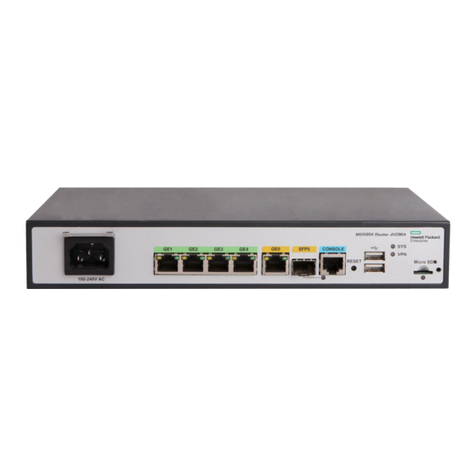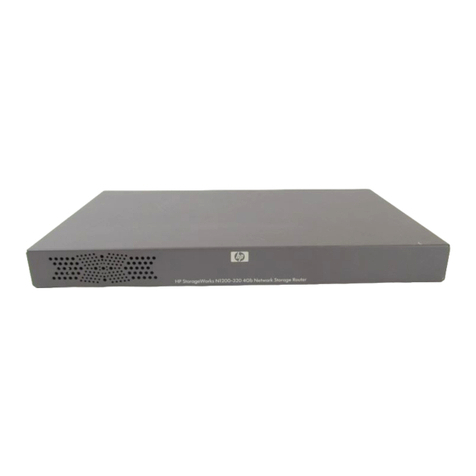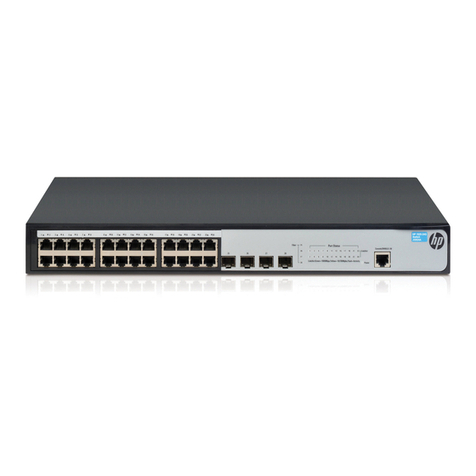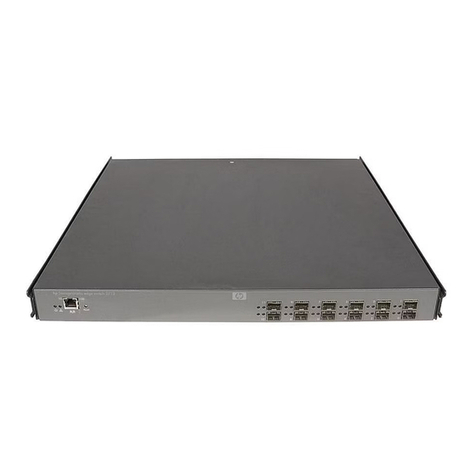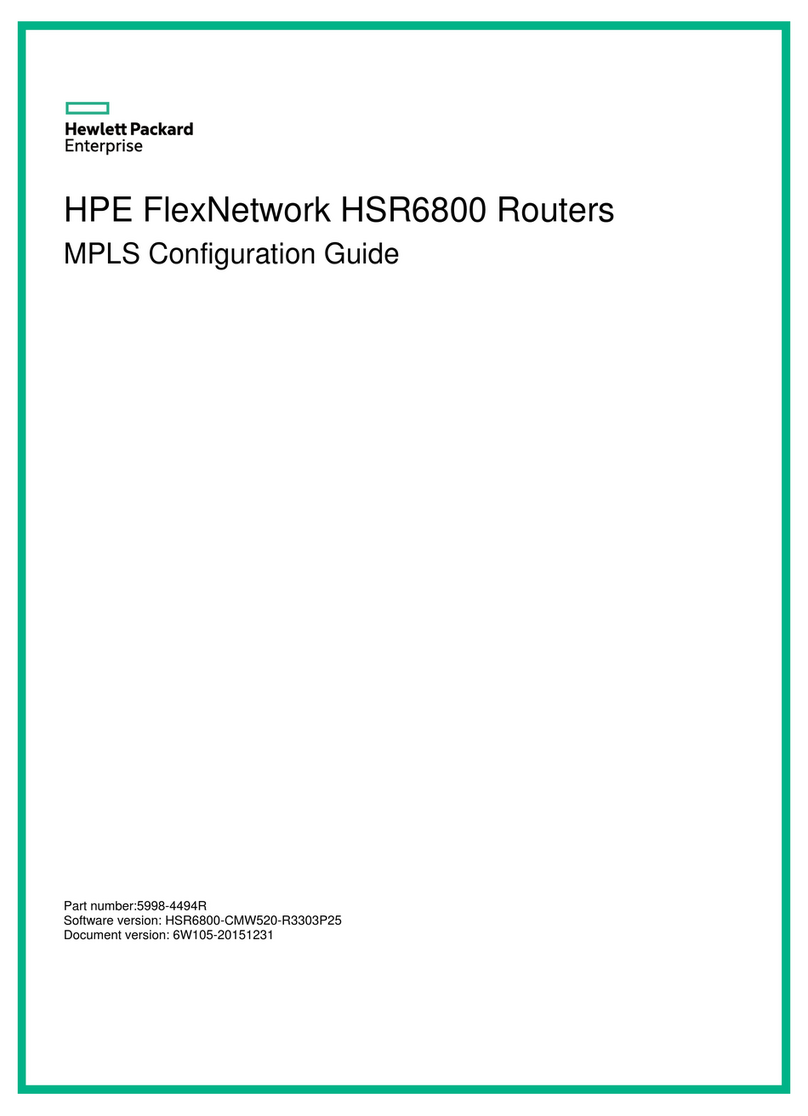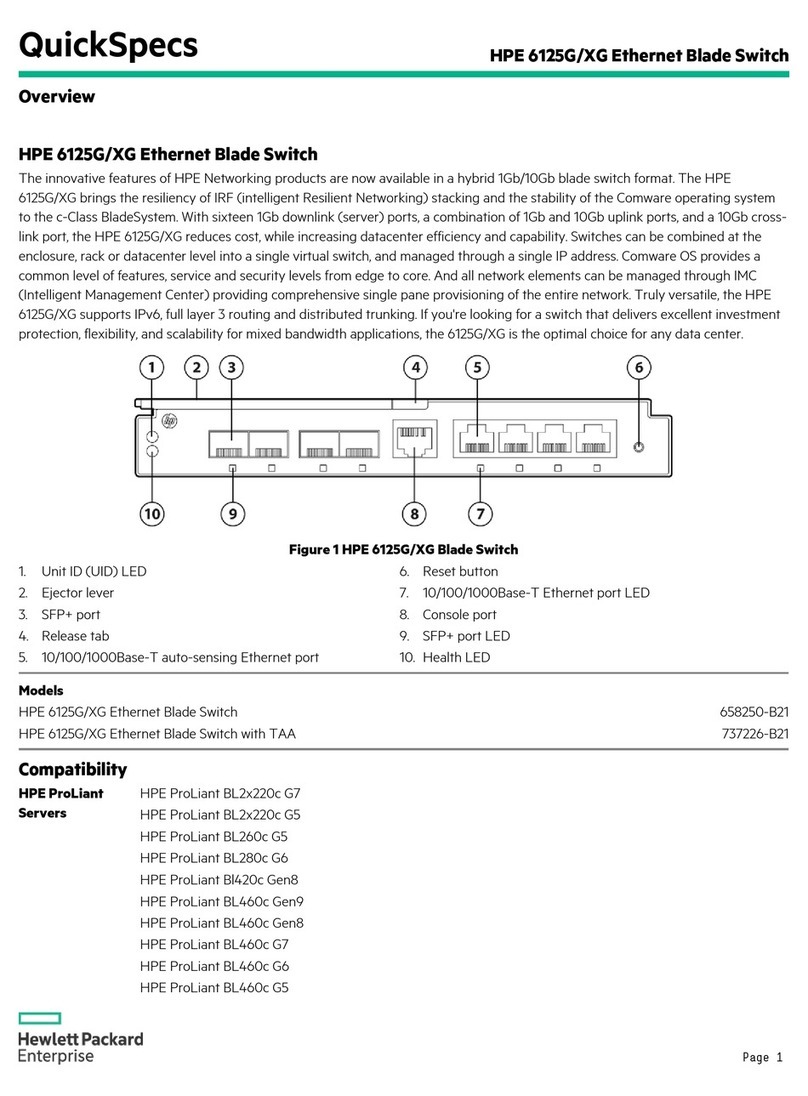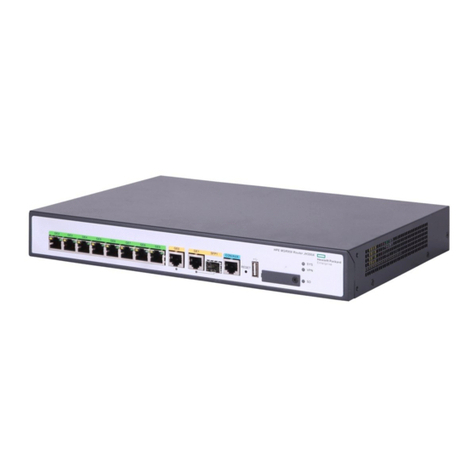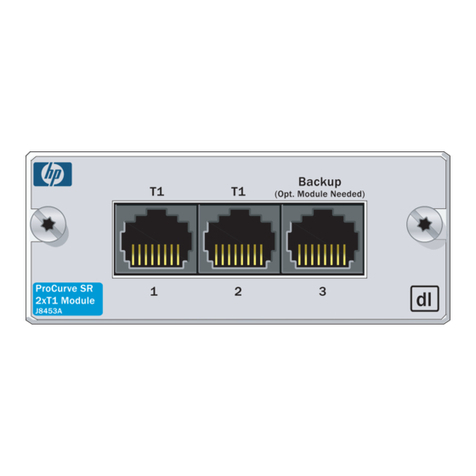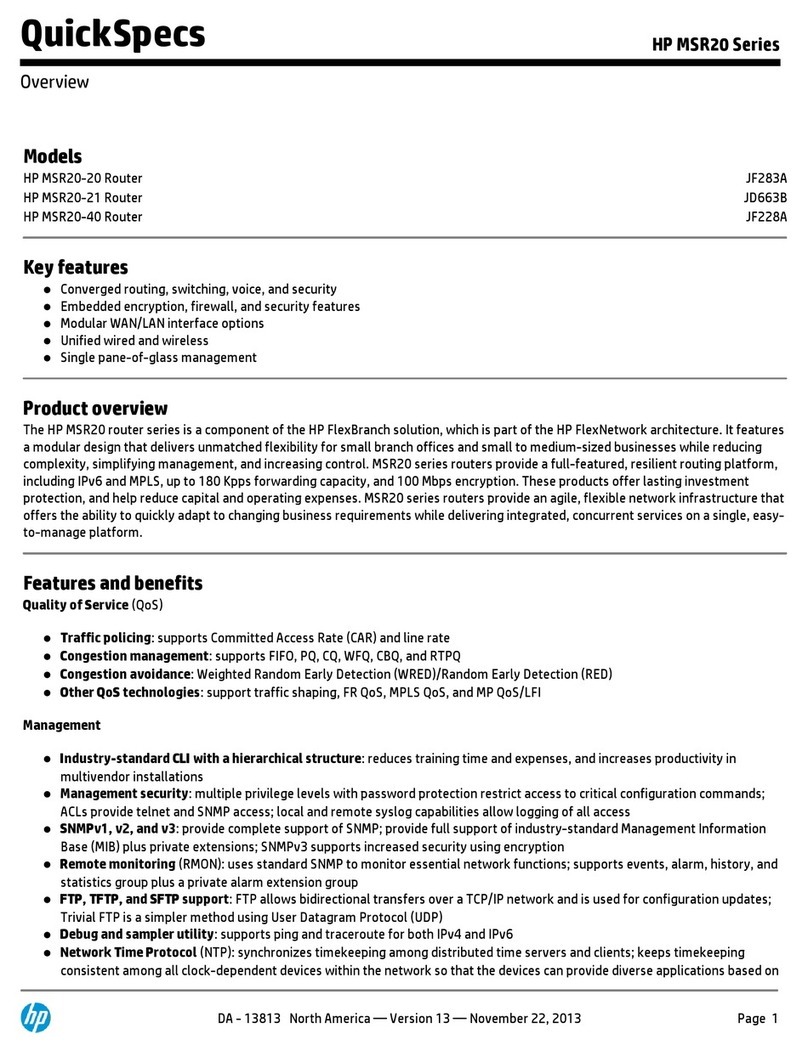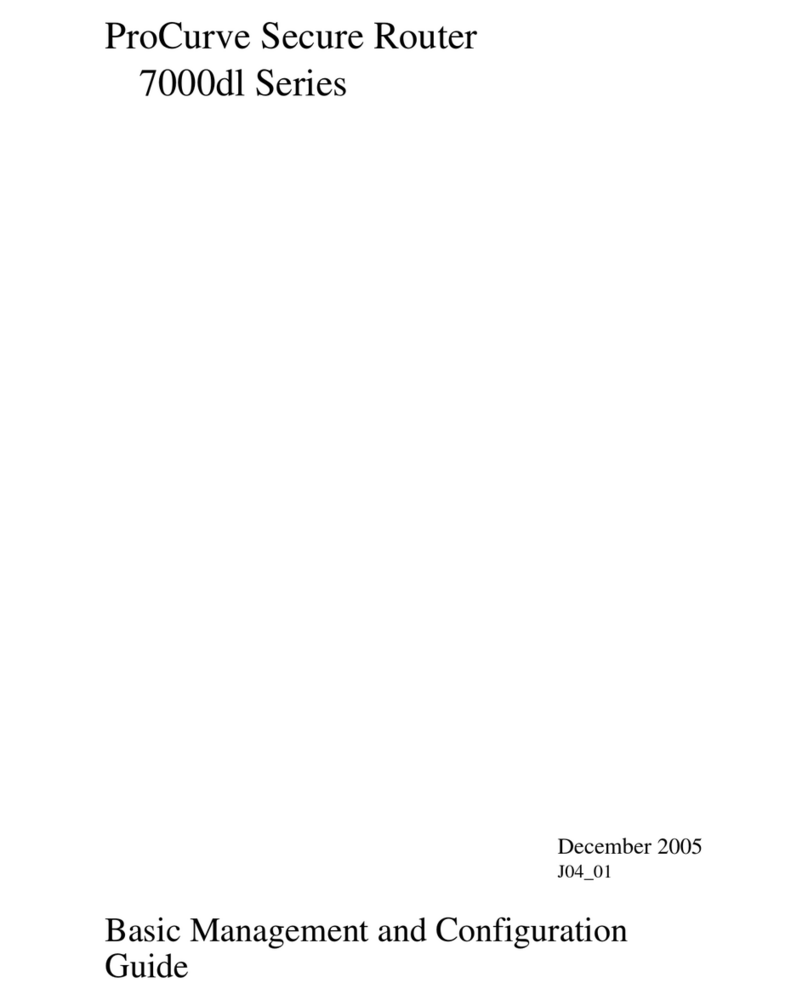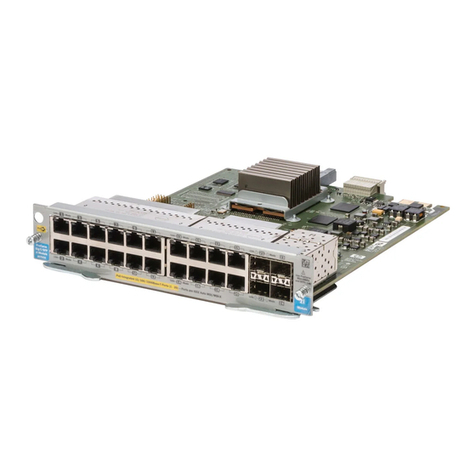
iii
Basic IGMP functions configuration examples ··································································································· 68
IGMP SSM mapping configuration example ····································································································· 71
IGMP proxying configuration example··············································································································· 74
Troubleshooting IGMP··················································································································································· 75
No membership information on the receiver-side router··················································································· 75
Inconsistent membership information on the routers on the same subnet························································ 76
Configuring PIM·························································································································································77
Overview········································································································································································· 77
PIM-DM overview ·················································································································································· 77
PIM-SM overview··················································································································································· 79
BIDIR-PIM overview················································································································································ 86
Administrative scoping overview························································································································· 89
PIM-SSM overview················································································································································· 91
Relationship among PIM protocols ······················································································································ 92
PIM support for VPNs············································································································································ 93
Protocols and standards ······································································································································· 93
Configuring PIM-DM ······················································································································································ 93
PIM-DM configuration task list······························································································································ 94
Configuration prerequisites ·································································································································· 94
Enabling PIM-DM··················································································································································· 94
Enabling the state refresh feature ························································································································ 94
Configuring state refresh parameters·················································································································· 95
Configuring PIM-DM graft retry timer·················································································································· 95
Configuring PIM-SM······················································································································································· 96
PIM-SM configuration task list······························································································································ 96
Configuration prerequisites ·································································································································· 96
Enabling PIM-SM ··················································································································································· 96
Configuring an RP ················································································································································· 97
Configuring a BSR················································································································································· 99
Configuring multicast source registration··········································································································101
Configuring switchover to SPT ···························································································································102
Configuring BIDIR-PIM ·················································································································································103
BIDIR-PIM configuration task list·························································································································103
Configuration prerequisites ································································································································103
Enabling BIDIR-PIM··············································································································································103
Configuring an RP ···············································································································································104
Configuring a BSR···············································································································································105
Configuring PIM-SSM ··················································································································································108
PIM-SSM configuration task list··························································································································108
Configuration prerequisites ································································································································108
Enabling PIM-SM ·················································································································································108
Configuring the SSM group range····················································································································109
Configuring common PIM features·····························································································································109
Configuration task list ·········································································································································109
Configuration prerequisites ································································································································109
Configuring a multicast data filter ·····················································································································110
Configuring a hello message filter ····················································································································110
Configuring PIM hello message options ···········································································································110
Configuring common PIM timers ·······················································································································112
Setting the maximum size of each join or prune message ·············································································113
Enabling BFD for PIM··········································································································································114
Enabling SNMP notifications for PIM················································································································114
Displaying and maintaining PIM································································································································114
PIM configuration examples ·······································································································································115

